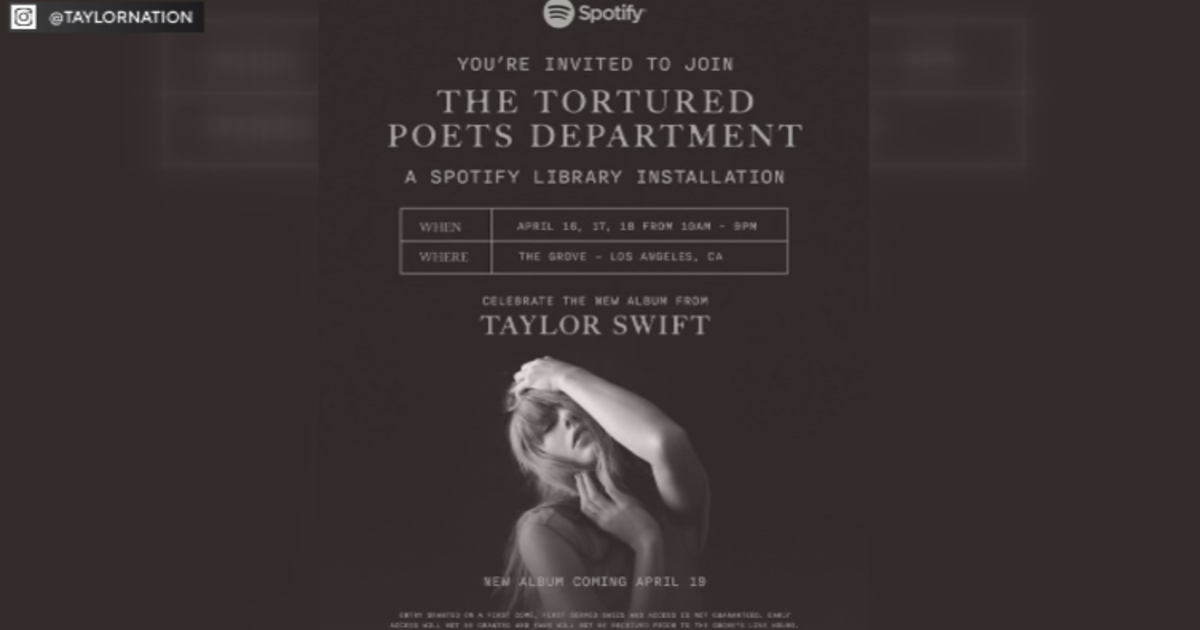Help Wanted: Bilingual Teachers Needed For California Schools
LOS ANGELES (AP) — While Californians passed a ballot measure to bring back bilingual education in the upcoming school year, educators say a challenge to getting the programs started will be finding more bilingual teachers.
Nearly two decades after banning most bilingual education, Californians voted in November to let schools restore it for both English learners and English speakers whose parents want them to learn Spanish, Mandarin and other languages to compete globally for jobs.
Educators say growing interest in bilingual programs will boost already high demand for teachers trained and credentialed to teach the classes. Schools that already have such programs in California — and in other states, including Utah and Oregon — have brought teachers on visas from overseas to meet the need.
"There is already a shortage for bilingual teachers with just the demand we have right now," said Joshua Speaks, a spokesman for the California Commission on Teacher Credentialing.
The overwhelming vote in favor of Proposition 58 is a huge turnaround from the backlash to bilingual education following a surge in immigration to California in the 1990s. Since then, some schools have started bilingual programs but parents of English learners had to sign annual waivers for their children to participate, and many districts were reluctant to take on the paperwork.
Since the measure passed — and with 73.5 percent of the vote — many schools are expected to expand bilingual offerings or start new programs. Among the most popular models are so-called dual language immersion programs mixing English learners and English speakers in the classroom and splitting instructional time between English and another language.
The state's Department of Education estimates California currently has at least 350 dual language immersion programs, though the vast majority of the state's 1.4 million English learners are currently taught using English immersion. Robert Oakes, a department spokesman, could not say how many districts will start bilingual programs, but expects many will.
"There is a hope and an expectation there will be a big expansion," he said.
California is already facing a teacher shortage following the economic downturn. Areas where teachers are needed most include special education, science and bilingual education, Speaks said.
To obtain authorization to teach bilingual classes, teachers must take additional courses and pass additional exams. In the 2014-15 year, the state issued about 400 bilingual authorizations, Speaks said.
Cristina Alfaro, a professor of dual language and English learner education at San Diego State University, said her program annually graduates about 60 bilingual teachers.
"We don't even credential enough to meet the demand for San Diego, and we have a lot of people from out of state and throughout the state who call us," she said. "My phone rings off the hook."
The lack of bilingual classrooms in California over the last two decades, especially at the high school level, has contributed to the dearth of bilingual teachers, said Nicole Knight, executive director of English Language Learner and Multilingual Achievement at Oakland Unified.
"We can't grow our own if we're not developing our skills," she said. "Just because they graduate and they speak Spanish at home doesn't mean they have academic levels of Spanish that are going to enable them to teach in that setting."
To meet the demand, school districts have looked overseas. Los Angeles Unified, which has more than 500 teachers in dual language immersion programs, brought nine teachers and two support staff on visas for Mandarin programs, said Barbara Jones, a district spokeswoman. In Oakland Unified, the district has brought visiting teachers from Mexico and Spain.
With the passage of Proposition 58, efforts are underway to reach out to bilingual teachers from the 1990s who are now in English-only classrooms and get them updated training so they can switch back. Recruiters are also seeking candidates to enter bilingual teaching programs, especially among high school graduates who received a state seal of biliteracy.
California began awarding high school graduates who demonstrate proficiency in another language the state seal in 2012. Since then, many other states have adopted a similar program.
Alfaro said her university's program will grow to train more teachers if more students enroll, which she expects could happen as the job market expands.
Bilingual education advocates say they expect school districts in California will spend the next year planning as it takes at least a year to establish a dual language immersion program.
"Twenty years ago, bilingual programs sprouted up overnight, and they didn't have the foundation they needed to really deliver on a high quality program," said Shelly Spiegel-Coleman, executive director of Californians Together, which supported the ballot measure. "We want to encourage districts to take their time."
(© Copyright 2016 The Associated Press. All Rights Reserved. This material may not be published, broadcast, rewritten or redistributed.)



